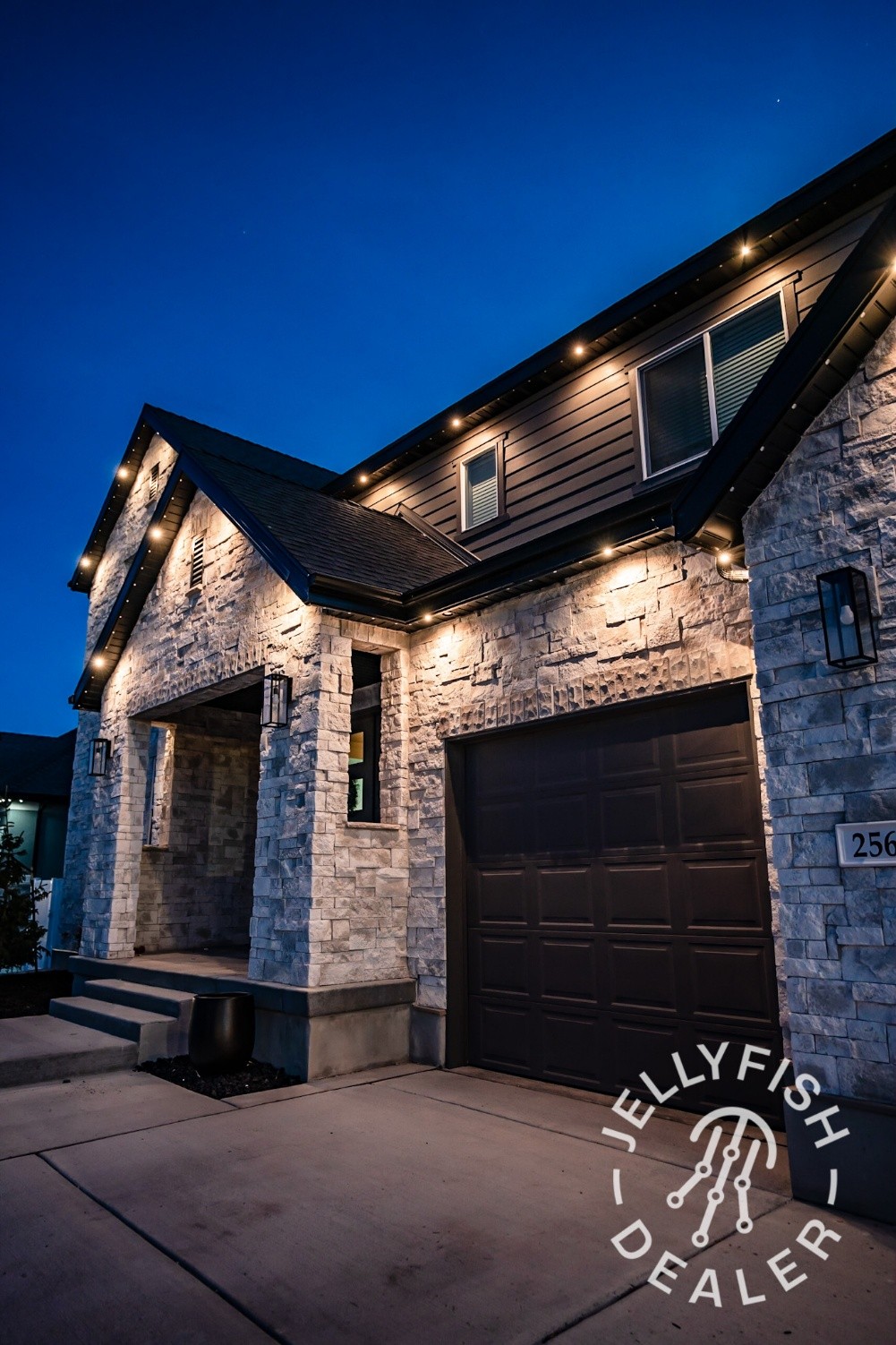
When designing your home's exterior, Residential Exterior Lighting plays a crucial role in enhancing both aesthetics and safety. One of the most effective lighting techniques is Accent Lighting, which highlights architectural features, landscaping, or outdoor living spaces. However, improper placement of accent lights can detract from your home’s beauty and reduce lighting effectiveness. To get the best results, it’s important to avoid common mistakes and use smart placement strategies.
Let’s break down the most frequent errors in Accent Lighting placement and learn how to avoid them.
1. Overusing Accent Lighting
One common mistake is using too many accent lights in one area. Over-illumination can make your home look cluttered and unnatural. It also wastes energy and reduces the dramatic impact of key features.
How to avoid it:
Focus on highlighting just a few important elements, such as a unique façade, a tree, or a pathway. Use light sparingly for a sophisticated look that draws attention where it matters.
2. Incorrect Angles and Shadows
Lighting placed at the wrong angle can cause harsh shadows or glare, spoiling the intended effect. For example, placing lights too low might create unwanted shadows on walls or walkways.
How to avoid it:
Use adjustable fixtures that let you control the angle. Aim the lights slightly upward or downward, depending on the feature you want to highlight. Test different positions before finalizing the installation.
3. Ignoring Scale and Proportion
Lighting that’s too bright or too dim compared to the size of the feature creates an imbalance. A small accent light on a large wall will have little impact, while an overly bright light on a delicate plant can overwhelm it.
How to avoid it:
Match the intensity and size of your Accent Lighting fixtures to the objects they illuminate. Use softer lights for smaller elements and stronger fixtures for large architectural details.
4. Lack of Layered Lighting
Relying solely on accent lighting without combining other types like ambient or pathway lighting reduces functionality and visual interest.
How to avoid it:
Layer your Residential Exterior Lighting by combining accent lights with general and task lighting. This balance improves safety, highlights features, and creates a welcoming atmosphere.
5. Forgetting Energy Efficiency
Some homeowners use outdated or high-wattage bulbs, increasing energy bills and maintenance.
How to avoid it:
Opt for LED accent lights, which consume less power and last longer. LEDs also provide consistent brightness and better control, enhancing both efficiency and appearance.
6. Overlooking Smart Controls
Manual lighting control leads to lights being on when not needed, wasting energy, and shortening bulb life.
How to avoid it:
Integrate timers, motion sensors, or smart home systems. These controls ensure your accent lighting operates only when needed, providing convenience and energy savings.
7. Poor Fixture Placement
Placing fixtures too close to plants, walls, or other objects can block light or cause heat damage.
How to avoid it:
Maintain proper spacing from surfaces and foliage. Follow manufacturer guidelines to ensure adequate airflow and optimal light spread.
8. Neglecting Maintenance Access
Permanent fixtures sometimes get installed where they are hard to reach, making bulb replacement or repairs difficult.
How to avoid it:
Plan for easy access during installation. Choose durable fixtures with long-lasting bulbs to minimize maintenance needs.
Conclusion
Effective Accent Lighting is a powerful tool in Residential Exterior Lighting design. Avoiding common placement mistakes helps you achieve the perfect balance of beauty, safety, and efficiency. Thoughtful positioning, proper layering, and modern technology like LED bulbs and smart controls ensure your home stands out in the best light, day and night.
By carefully planning your accent lighting layout, you’ll enhance curb appeal, improve outdoor safety, and enjoy a stunning nighttime environment tailored to your unique style.































